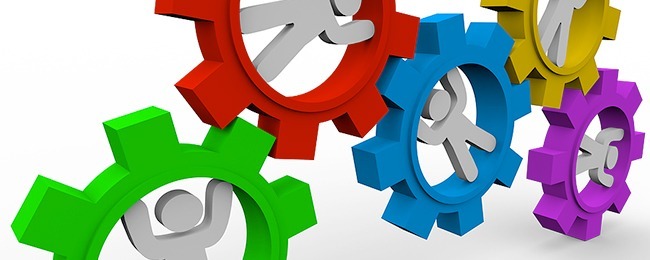Technology can do a lot things. It can help us get from place to place, it can connect people from around the world, and it can help us be more productive. Technology has revolutionized everything from the way we eat to the way we raise our pets.
What can technology do for the workforce? Old folk stories, like those regarding John Henry and his defeat by the steam engine, suggest that technology grants great powers but also puts people at risk. On the other hand, Silicon Valley leaders and futurists regale us with TED Talks about the wonders of the future workplace, a space which blurs the boundaries between work and play, fun and productivity.
But that’s all spin and storytelling. How do high-tech gadgets actually affect working people? Let’s take a look at some real-world applications of technology in the workforce.
Safety and Workplace Technology
Four industries lead the nation in workplace dangers: transportation, manufacturing, construction, and farming. All four of these industries utilize powerful equipment to accomplish essential tasks. As such, these industries make great examples of the ways in which technology can make us safer or put us in danger. Luckily, in each case old dangerous technology is currently being replaced by safer alternatives:
- Self-driving automobiles are the big thing in transportation, and the safety of these robot vehicles has been the critical question on everyone’s mind; unfortunately, it’s a little too soon to tell what effect they will have on workers.
- The primary goal of manufacturing technology is increased output, but manufacturing technology can also make workers safer. Big businesses like Siemens have put together strategies to help manufacturers to minimize and manage risks.
- Construction is still a fairly hands-on, low tech operation, at least as far a the average worker is concerned. You can’t improve much on a hard hat and good pair gloves, after all. Still, though, increasingly sophisticated methods of designing and modelling buildings helps designers predict trouble spots. Better design means a safer buildsite.
- With the advent of precision agriculture, farmers and their staff need to spend less time digging in the dirt. Because repetitive manual tasks are a leading task of injury, freeing up a farmhand’s hands will surely will reduce injuries over the next decade.
Focus and Workplace Technology
Lots of bosses think of technology as a distraction: workers texting, playing Pokemon, catching up on the latest episode of their favorite fall TV shows, etc. But technology can also help workers focused.
Several companies have developed apps specifically to aid in productivity. These programs help workers to monitor their habits, keep track of and prioritize tasks, and visualize paths to success. So while cell phones can distract, they can also help you focus.
Time Management and Workplace Technology
As mentioned in the previous paragraph, technology makes keeping track of time at work a breeze. Workers can easily figure out how long a given task has taken to complete, allowing them to plan more effectively the next time they perform the same task. Similarly, supervisors can track a project’s progress, identify weak spots on a team, and plan for efficient use of next on the next go.










